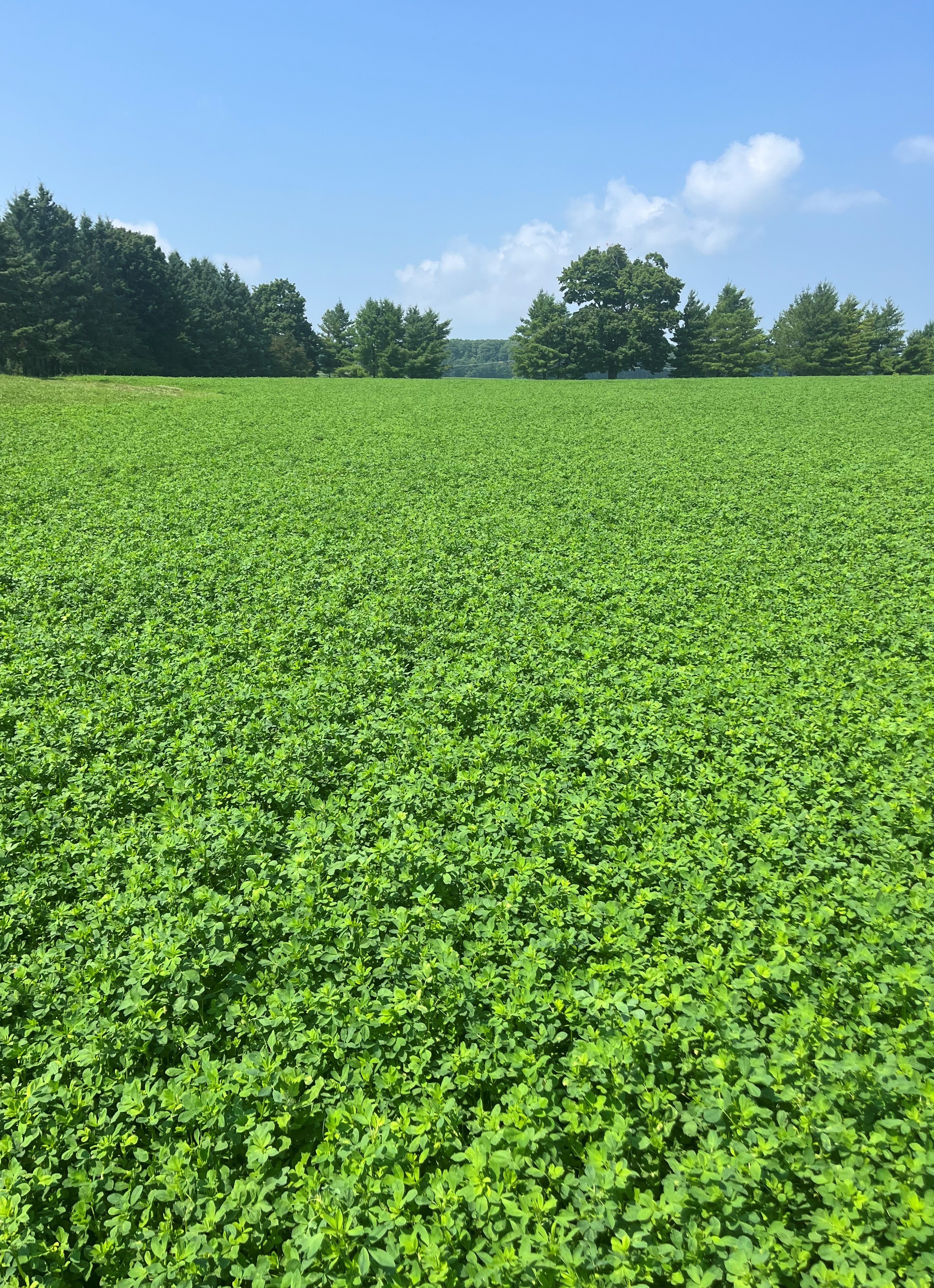Helping seed reach its full potential!
Why coated seed?
In reviewing the benefits of coating seed, the question becomes, ‘Why not coated seed?’. Over the years, the practice of seed coating has evolved as a method for enhancing crop yields. Driven by the desire to improve the quality, readiness for planting and the convenience of handling seeds, seed coating has become a popular option.
Coating seed with essential nutrients supports the individual seed’s early plant development, and produces more live, healthy plants per square foot.
Key benefits to nutrient seed enhancement:
- Soil Health
- Enhances soil fertility by providing essential nutrients directly to the seed
- Promotes beneficial microbial activity, improving soil structure and health.
- Reduces the need for additional soil amendments, maintaining natural soil balance.
- Better Stand Establishment
- Improves seed germination rates and early seedling vigor.
- Ensures uniform stand emergence, leading to a more consistent crop stand.
- Help protect seeds from pests and diseases.
- Environmental Practice
- Minimizes the need for chemical fertilizers, reducing environmental damage.
- Decreases nutrient runoff into water bodies, protecting freshwater.
- Supports sustainable farming practices by bettering resource use efficiency.
- Cost Benefits
- Reduces the overall cost of fertilization by targeting nutrients directly to the seed.
- Increases crop yields and quality, leading to higher economic returns for farmers.

We’re not done yet… there are even more advantages for coating seed!
Ballistics
Coated seed increases the bulk density of the finished product. This benefits many seeding applications, from hand spreading to aerial seeding, resulting in greater drop accuracy and reduced wind drift.
Increase Seed-to-Soil Contact
As the seed reaches the ground, its increased density enhances the likelihood of making essential soil contact, unlike lighter seeds that may fail to penetrate plant material and surface debris. Coated seed has a much greater surface area than uncoated seed which greatly increases seed to soil contact, enhancing the seed’s opportunity for establishment.
Moisture Wicking
Our coating material is naturally hygroscopic, meaning its capillary action wicks in moisture. This absorbent property softens the seed and provides a more consistent level of moisture for germination. A neutral Ph level and water holding capacity of our coated seed aid in the establishment of healthy plants.
the strongest argument for coating legumes can be summed up with one word: nitrogen.
Nitrogen
In almost every scenario where legumes are used – whether for forage production, cover crops, wildlife, or pollinators - their maximum potential is directly related to their uptake of nitrogen. Given legumes ability to capture and utilize nitrogen freely from the atmosphere, it is essential that legumes are planted in a way which maximizes their ability to fixate nitrogen through nodulation. Nodulation requires the presence of a healthy population of rhizobium to infect the root hairs.
Discover more benefits here 
==
Smith Seed Services
Comments